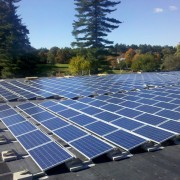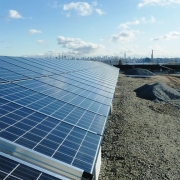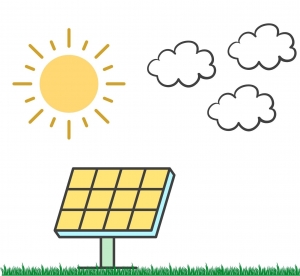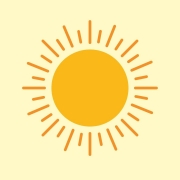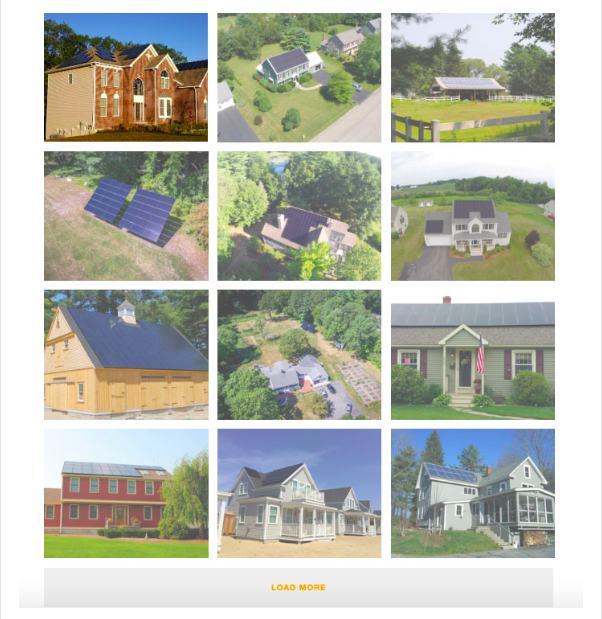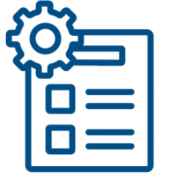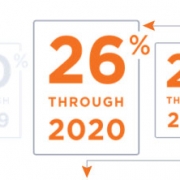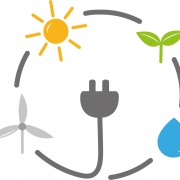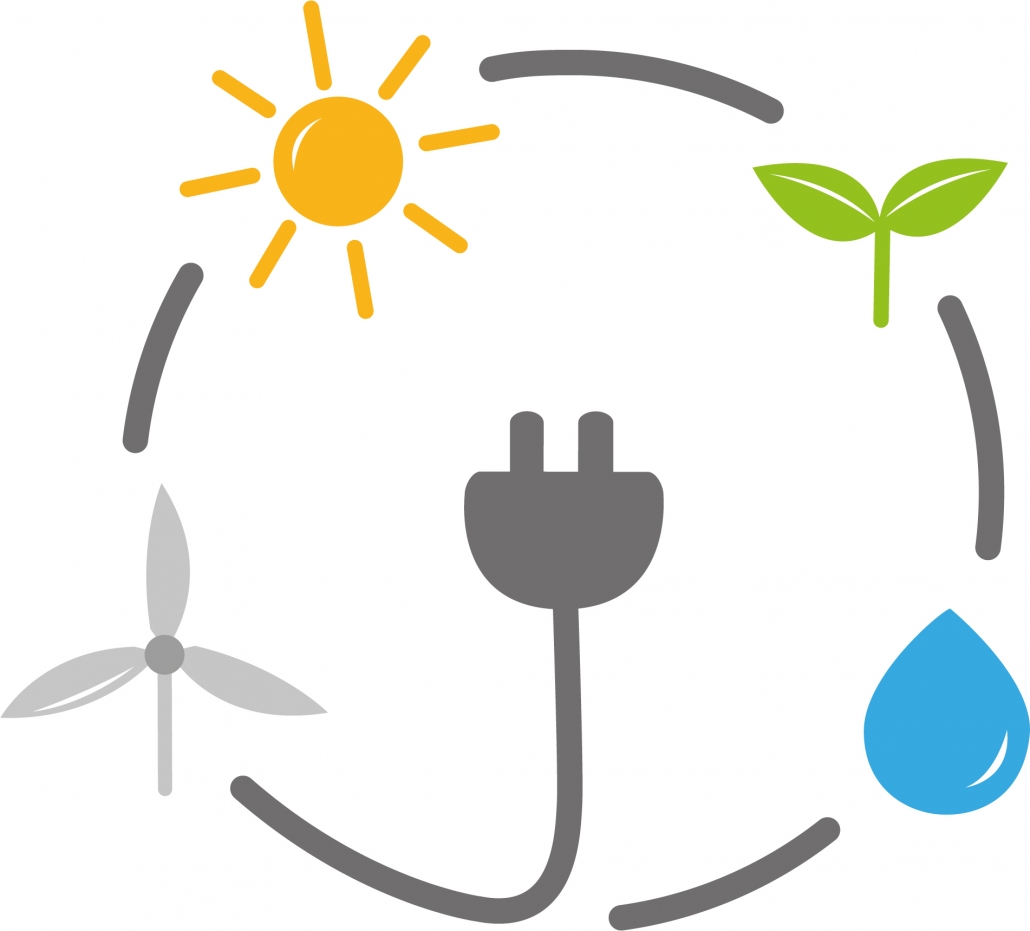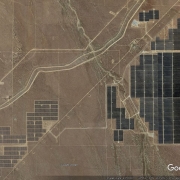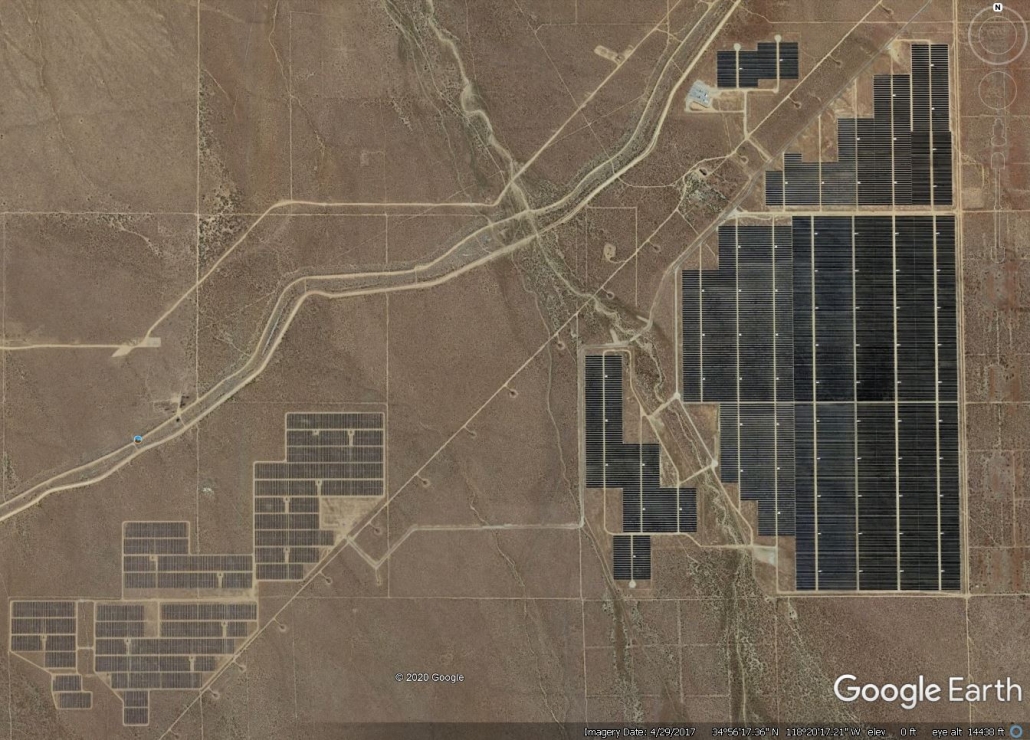The Future of Solar Power is Bright
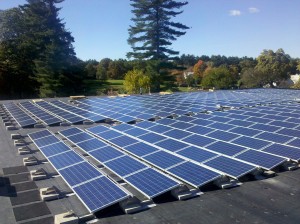
Adapting Oil and Gas Companies
Many recent studies and reports have pointed to the continued rise in popularity in the future of solar power. A report called Energy Goes Green interviewed 100 CFOs of oil and gas companies and found that 38% of these CFOs believe that solar power will be the leading alternative energy source by 2023. The report demonstrated that these CFOs recognize solar energy as an important opportunity for their business. Solar is not only cheaper than traditional oil or gas, but it is also easier to generate solar energy once the infrastructure is built. Additionally, because of increased demand and better technology, the cost of installing solar power systems has decreased. For these reasons, many of these energy companies plan on implementing solar power as a part of their business.
However, these companies aren’t planning to switch to 100% renewables anytime soon. They face many roadblocks. For example building new infrastructure is expensive. Also, there are currently high tariffs on imported materials used to build solar panels. But, these CFOs do recognize that consumer demand and new technology will continue to lower the cost of solar energy, and they are willing to adapt to renewable energy sources as long as they stay in demand and the prices stay low. This is a big step, considering that these companies are currently 100% focused on fossil fuels.
Energy Consumption Mix
More evidence of the future of energy prices is outlined by a study reported in the Joule Journal. This study found that increasing the US energy bundle to 90% renewables by 2050 would be cheaper than keeping energy consumption as it is. Currently, the average cost of electricity in the US is 13 cents per kilowatt hour. This rate is even higher in Massachusetts and Rhode Island (21 cents and 18.6 cents respectively). The new energy bundle that is 90% renewable would cost about 3.6 cents per kilowatt hour.
Current Energy Demand
Currently, the demand for renewable energy is continuing to grow as fossil fuel consumption falls in the United States. According to the latest EIA report, this April renewable energy provided 25.7% of the total electricity produced in the US. As of this April, fossil fuels contributed a smaller percentage of total electricity than renewable energy, contributing only 22% compared to 25.7% from renewables.
So, the future is bright for solar! Evidence shows that renewable energy consumption is rising, and prices are falling as compared to fossil-fueled powered energy. Even large oil and gas companies recognize this trend as a business opportunity. So, now is a great time to make the investment in solar panels to continue the energy transition!

